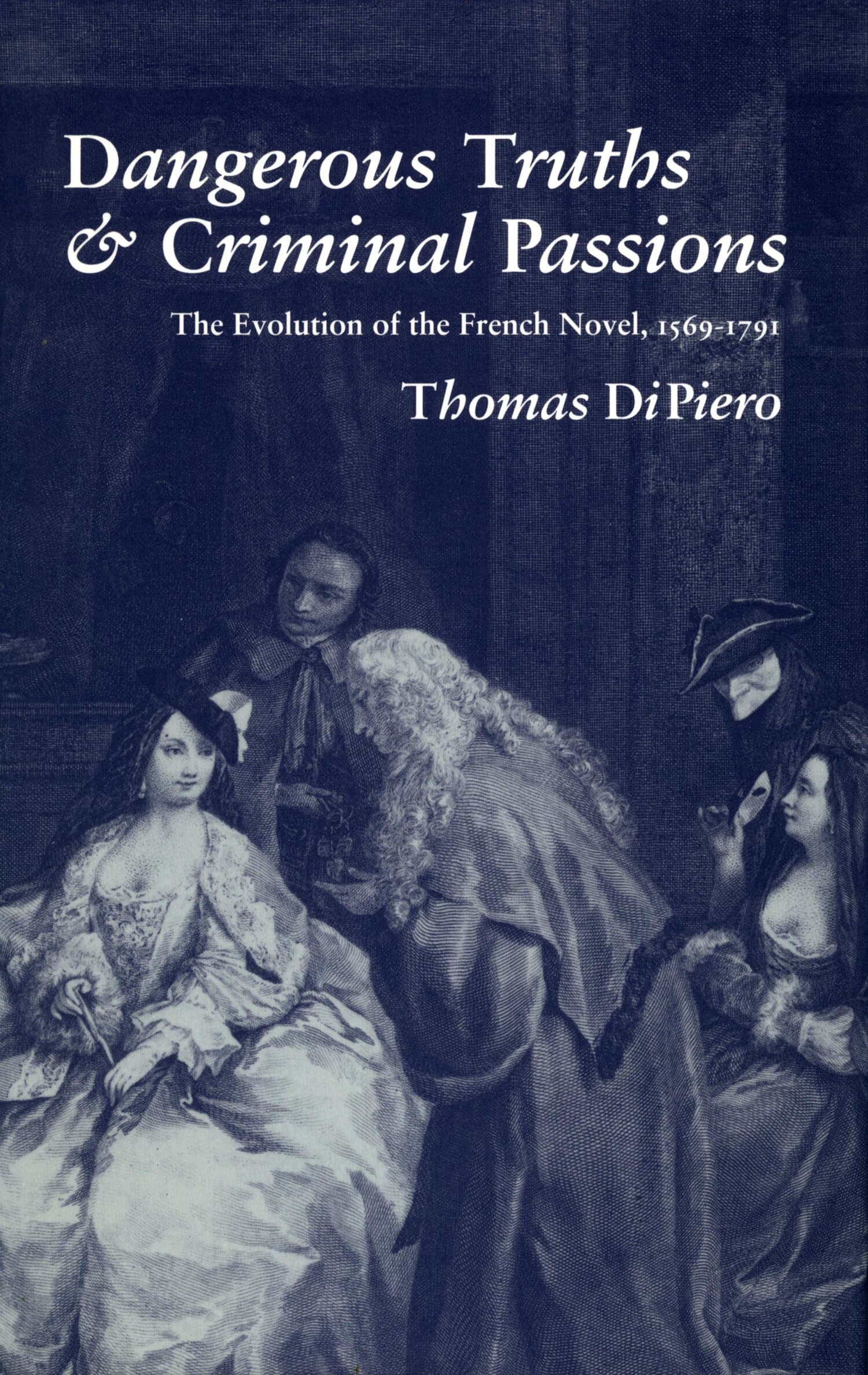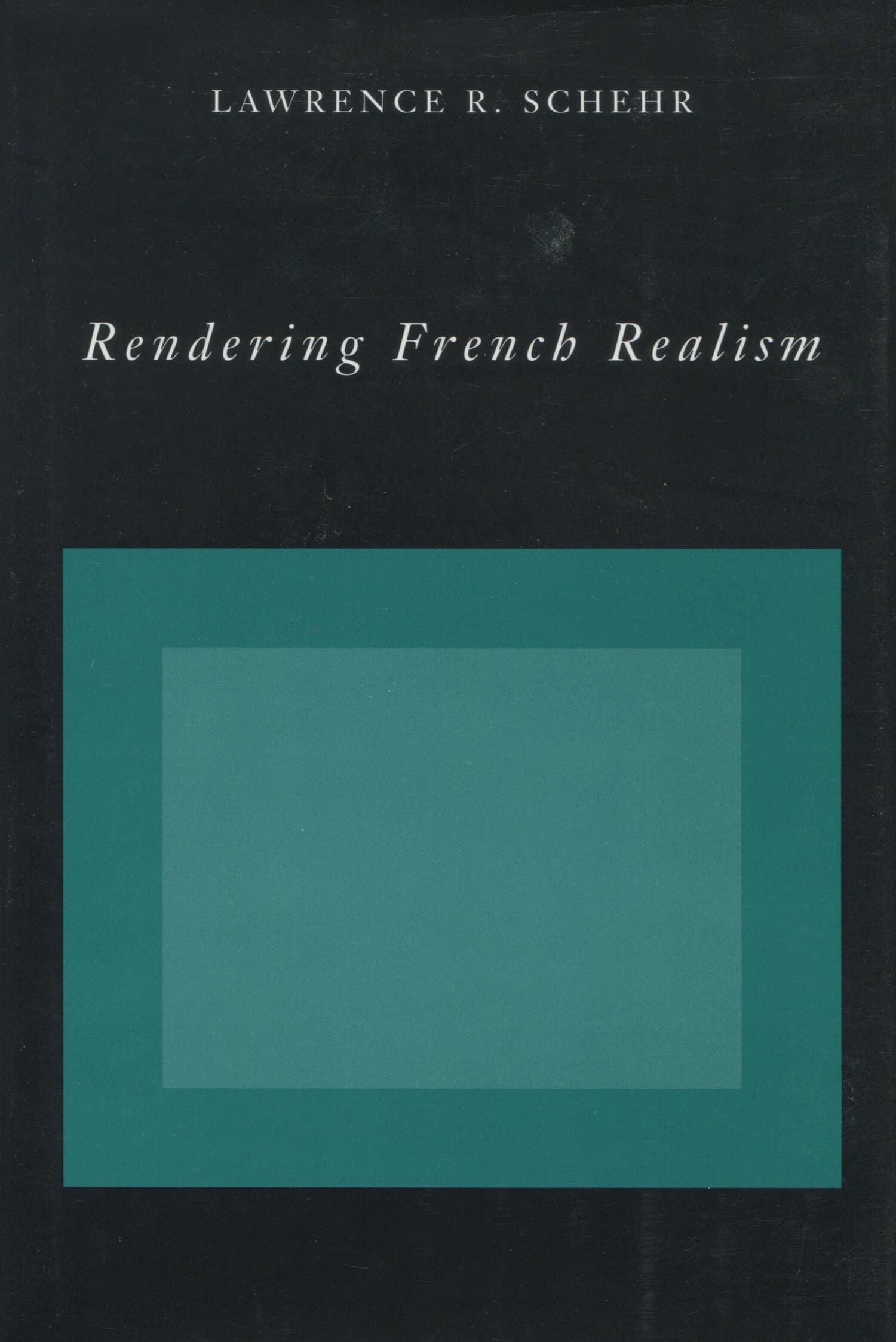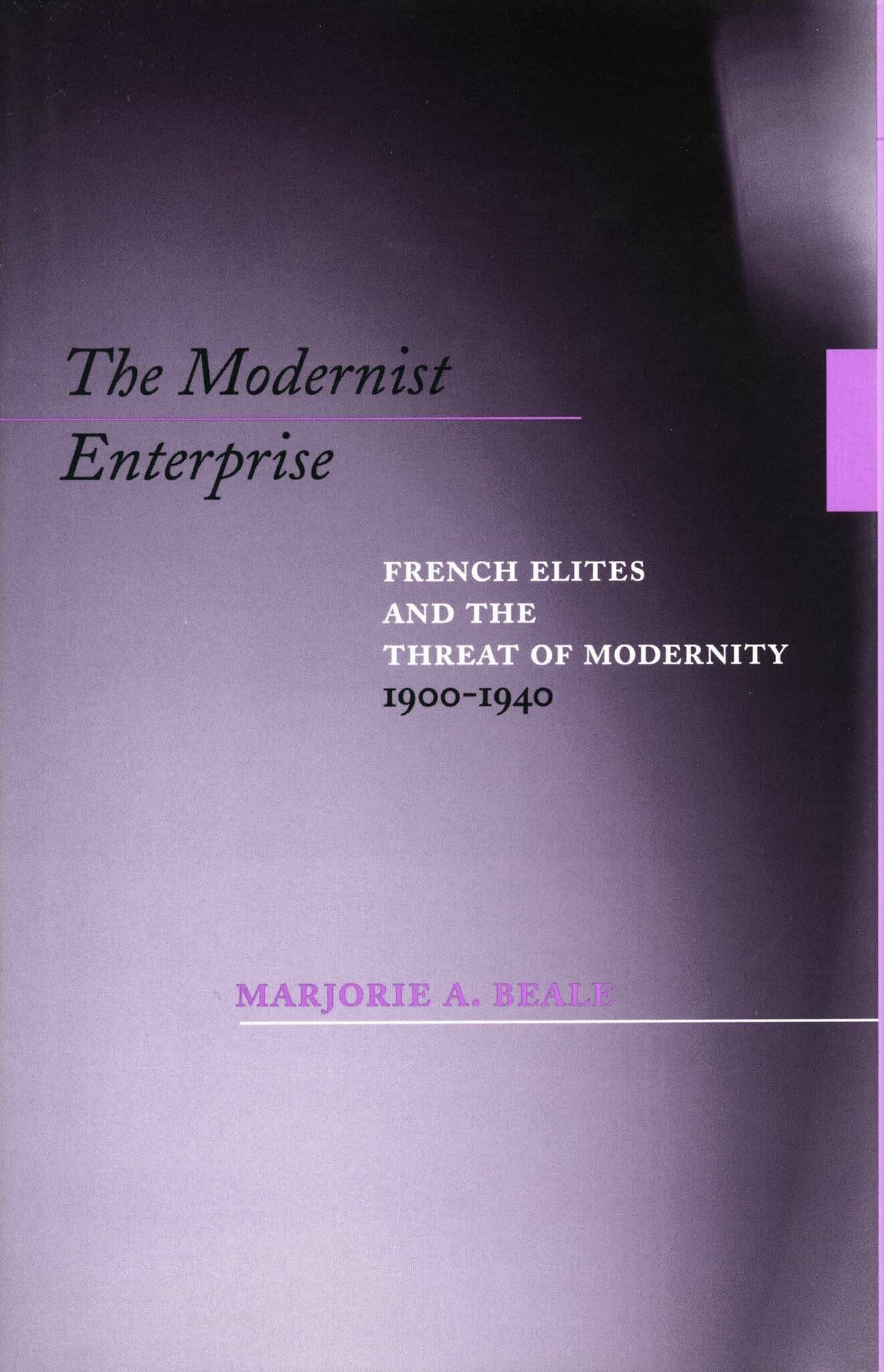Dangerous Truths and Criminal Passions
Also Available from

This book challenges several traditional assumptions about the development of the French novel, notably that the novel is a bourgeois art form that rose and flourished along with the rise of the bourgeoisie; and that the novels of the seventeenth and eighteenth centuries were inevitable stepping stones on the road to the apotheosis of realism realized in the novels of Balzac, Flaubert, and Zola. Instead, the author argues that the early French novel articulated the French aristocracy's claims to natural ascendancy against an encroaching middle class. But like any other literary form, the novel produces and is a product of ideology, and it reveals the contradictions lying beneath the surface of an apparently seamless social structure. After the death of Louis XIV and the resulting social and political redefinition of the aristocracy, the ideological rifts in the novel's form enabled it to shift its class affiliations with the changing times. French cultural life was increasingly tinged with values determined by new configurations in the control and transmission of property, including new constraints on women's sexual behavior. Fiction that claimed for itself a rightful place in the real world began to appear. As it had during the seventeenth century, fiction continued to negotiate complex social contradictions and label as malevolent any person or group that seemed to threaten social order, notably the immoderate woman who flouted traditional conceptions of virtue and threatened to read the social fabric. This new account of the rise of the French novel is enriched throughout by close readings of both well-known and obscure novels, including d'Urfe;'s L'Astre;e, Gomberville's Polexandre, Furetière's Le Roman bourgeois, Pre;vost's Manon Lescaut, Diderot's La Religieuse, and Sade's Justine.




